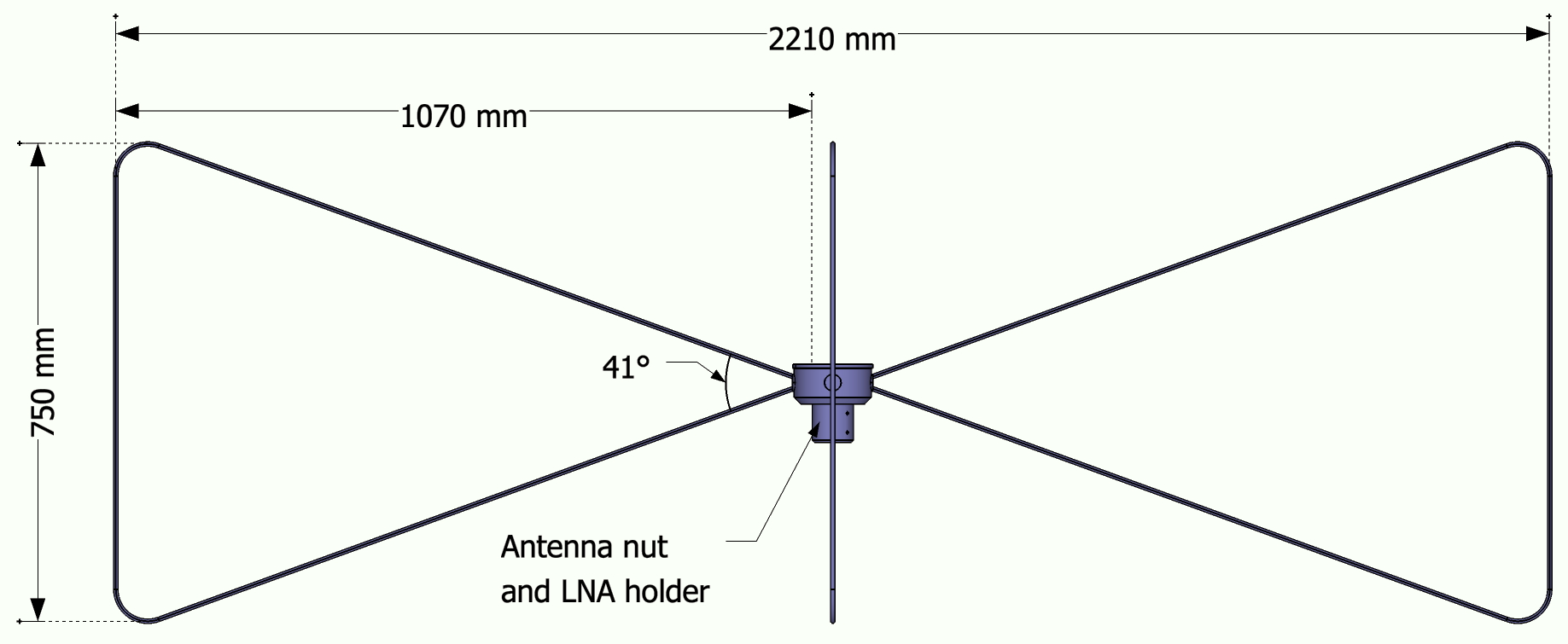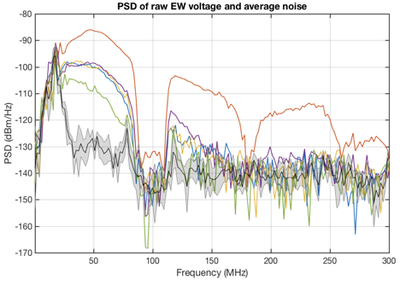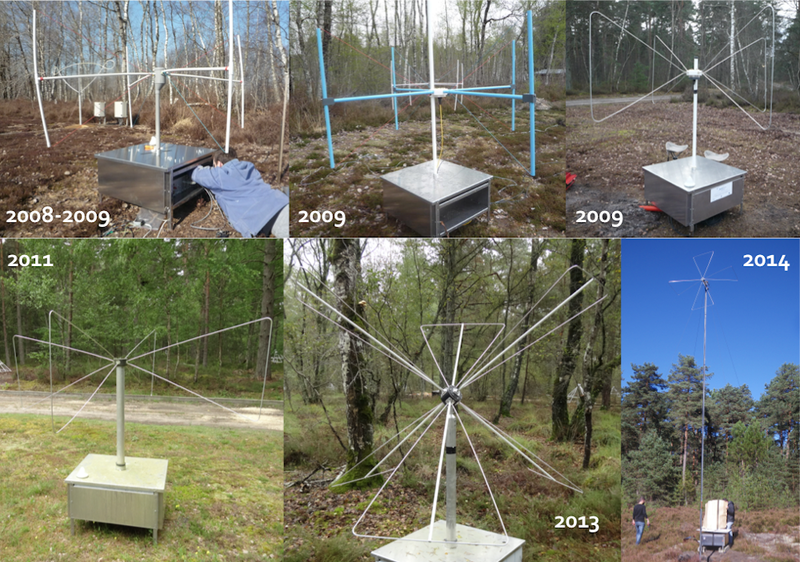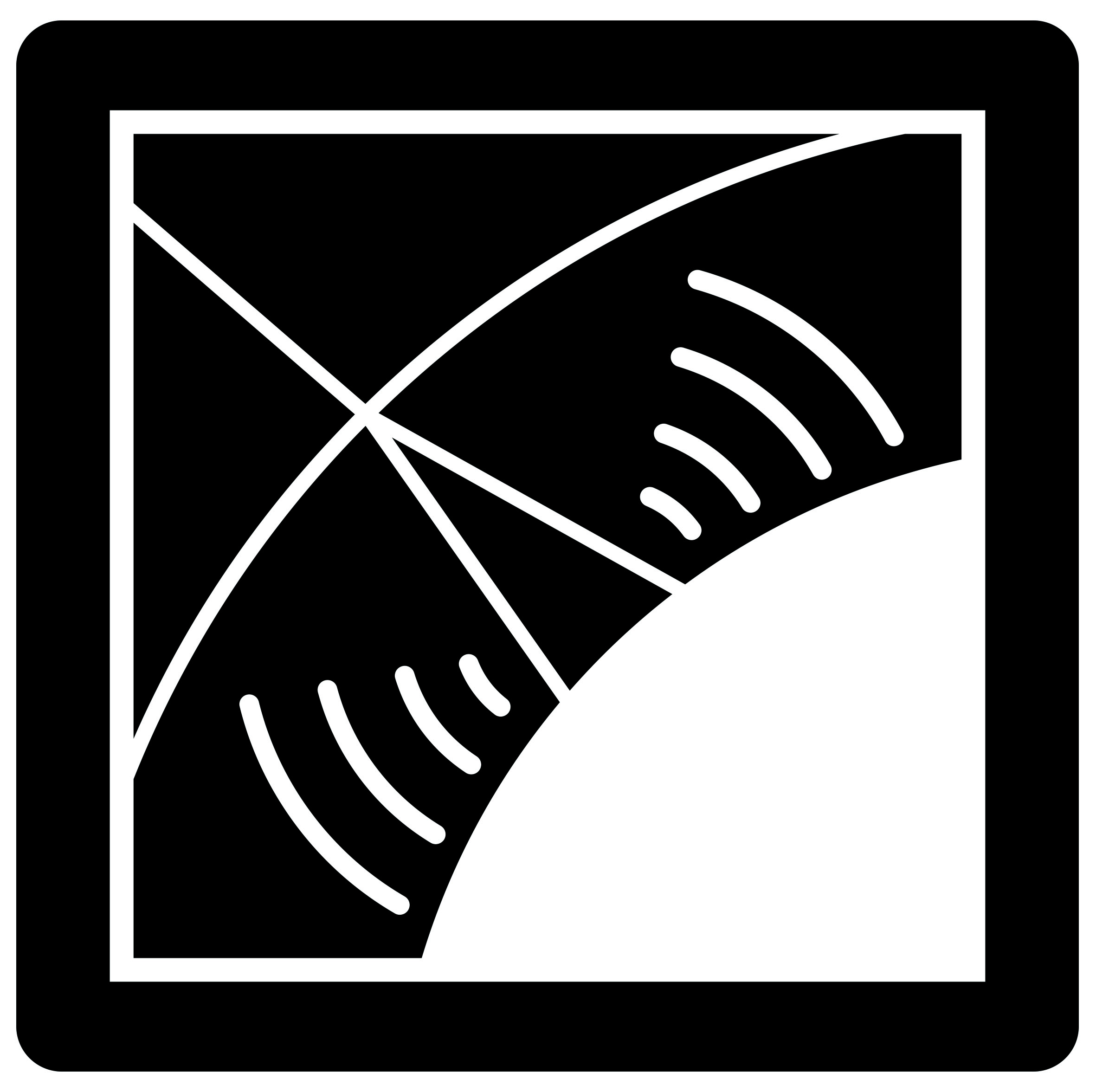The Butterfly Antennas
After the design and successful use of the active dipole antenna for CODALEMA2, attempts were made to improve again the sensitivity of the antenna.
 Coted drawing of the Butterfly antenna used by the autonomous stations.
Coted drawing of the Butterfly antenna used by the autonomous stations.
In 2008, after having tested several possibilities, the “butterfly” shape of the aerial was chosen. It is still equivalent to a fat dipole, for what rules the behaviour of the antenna is the external path of the current in the antenna poles: the latter could as well be plain metallic plates, however the proposed design minimizes the weight and quantity of matter used. The definitive Butterfly design was adopted in 2011 and, at first with the CODALAMP LNA then the LONAMOS, further equipped all the CODALEMA autonomous stations.


